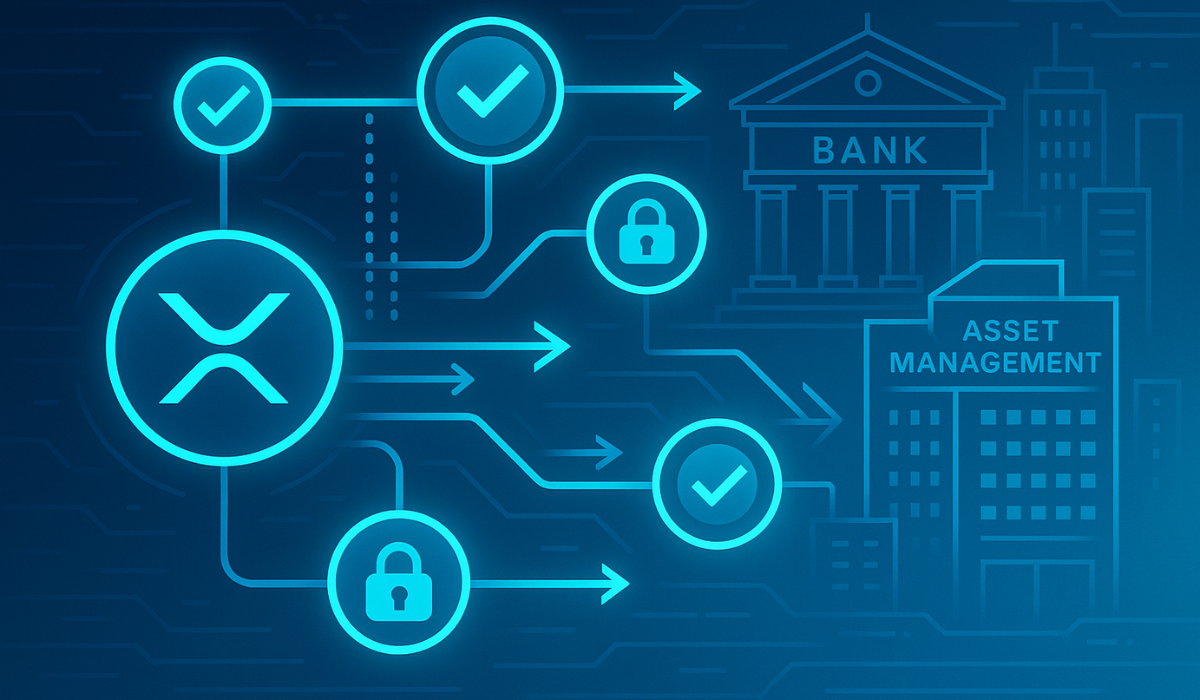The XRP Ledger (XRPL) has launched its Multi-Purpose Token (MPT) standard.
The update is aimed at embedding compliance tools directly into the ledger for financial institutions that need strict compliance and efficiency.
The new standard is built to simplify tokenization and reduce risk. It removes the need for custom smart contracts, which often add cost and complexity.
It includes features like fund freezing, clawbacks, and strict transfer controls. Tokens can only move between verified holders using decentralized identity frameworks.
These functions allow banks and asset managers to meet legal requirements without relying on external code.
The XRPL brings proven reliability. It has been running for more than 12 years without failure. Its settlement speed remains 3–5 seconds, and fees are predictable.
That combination makes XRPL a strong candidate for institutions entering tokenized markets.
Martin Hiesboeck of Uphold noted the move is a turning point for XRPL in regulated markets.
XRP Ledger offers low fees and fast settlements
The MPT design adds detailed reporting and transparency where every token issuance, trade, or redemption comes with built-in audit trails.
Metadata fields can hold maturity dates or contract terms, matching international standards like Actus. This helps regulators track activity.
Institutions will also benefit from lower costs. Unlike Ethereum, where gas fees change constantly, XRPL transactions cost about $0.0002.
The speed and certainty of settlement reduce operational risks. Every action involving MPTs requires XRP fees, which are burned. This gradually cuts the supply.
Each new MPT also needs XRP to be locked as reserves. That removes more tokens from circulation.
This structure ties XRP’s utility directly to financial adoption. With real-world asset tokenization projected to reach trillions, demand for XRPL use could rise sharply.
Reports highlight the inefficiency of current smart contract platforms. Custom code inflates expenses and often creates vulnerabilities.
By removing this step, XRPL’s native MPT standard could save time and reduce compliance hurdles for institutions.
XRP Ledger adds tokenized finance tools
The MPT launch shifts the focus on XRP from speculation to measurable utility.
Every issuance, trade, or settlement adds activity on the ledger and consumes XRP. This creates a direct link between institutional adoption and token value.
The XRPL already supports decentralized exchange, payments, and escrow at the protocol level. With MPT, it extends these tools to tokenized finance.
If banks and asset managers adopt it, XRPL could emerge as a leading system for regulated digital assets.

